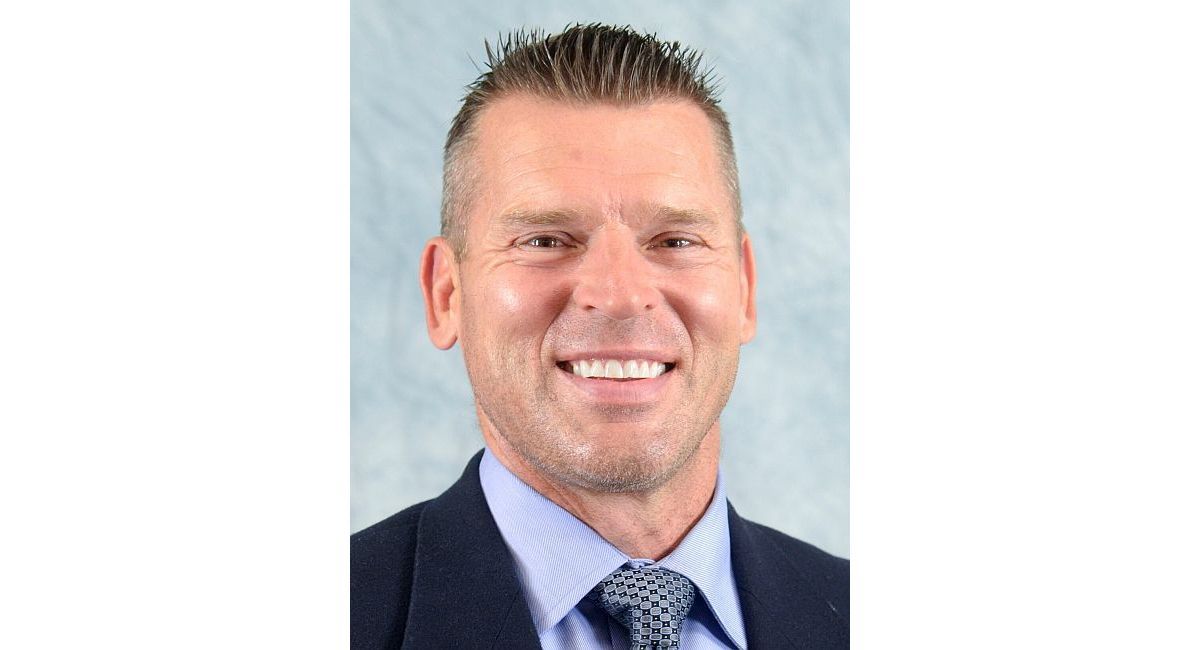In March 2021, a young girl from Santa Fe, New Mexico, experienced a life-threatening medical crisis after a seemingly innocuous soccer game. Four-year-old Sakura Tafoya attempted to perform a header, but moments later, she fell and exhibited troubling symptoms, including slurred speech and difficulty swallowing. Her father, Jared Tafoya, quickly recognized the severity of the situation, prompting a call to emergency services. An ambulance rushed Sakura to a nearby hospital, where doctors discovered a pool of blood on one side of her brain, revealing the presence of cerebral cavernous malformations (CCM), a rare condition that affects blood vessels in the brain.
Cerebral cavernous malformations are clusters of blood vessels that can leak and lead to various neurological issues, such as seizures, chronic headaches, and paralysis. Although the condition is rare—affecting about 1 in 500 individuals—its prevalence is notably higher in New Mexico. According to estimates from the Alliance to Cure Cavernous Malformation, around 20% of cases are inherited, with the CCM1 variant particularly common among the state’s Hispanic population. Genealogical studies suggest that this mutation can be traced back to early Spanish settlers.
Dr. Tarun Girotra, a neurologist at the University of New Mexico Health Sciences Center, commented on the condition’s frequency in the state, stating, “For us, it’s not a rare disease.” During his previous medical training in other states, he encountered only a few cases of CCM. Now, at the specialized clinic in New Mexico, he sees the condition regularly.
As Sakura was airlifted to the University of New Mexico Hospital, her condition worsened, leading to seizures. After a five-day stay in intensive care, medical scans revealed that a cluster of blood vessels had leaked near the surface of her brain, causing the bleeding. Dr. Girotra explained the nature of these malformations, likening them to a poorly designed plumbing system, where capillaries with abnormally thin walls cluster together, resulting in leaks.
Lesions in the nervous system can lead to severe complications, including changes in hearing and vision, cognitive difficulties, and in extreme cases, death. The inherited form of CCM can result in multiple lesions within a patient’s brain, each acting as a potential “time bomb.” The uncertainty surrounding the condition can significantly impact the lives of those affected, as noted by Dr. Leslie Morrison, a retired pediatric neurologist.
The Tafoya family had previous exposure to CCM; Jared Tafoya had sought medical attention for recurring headaches during his military training, only to discover multiple spots in his brain. Following a relative’s surgery for a brain lesion, he underwent testing that confirmed he also had the condition. Notably, about 80% of CCM cases are sporadic, while the remaining 20% are genetic and can be passed down from parent to child.
Despite the severity of Sakura’s condition, surgical intervention was not an option due to the location of the lesions. Thankfully, the bleeding ceased within 24 hours. While doctors prescribed medication to manage Sakura’s seizures, the underlying malformations remain unchanged, as there is currently no cure for CCM. Ongoing research aims to develop effective treatments. Dr. Morrison noted that recent studies have explored how lifestyle changes and dietary adjustments, such as increasing vitamin D intake, may alleviate some symptoms.
Research into CCM has garnered attention and funding from the New Mexico Legislature, which has allocated over $600,000 for research and outreach efforts related to the condition. These efforts highlight the need for further understanding and support for patients with CCM in the region.
Despite her medical challenges, Sakura continues to lead a normal childhood. She attends third grade and aspires to be a tattoo artist, inspired by her mother. To commemorate her journey, Kristina Tafoya plans to get a tattoo depicting her daughter’s brain. Although the family tries to maintain a sense of normalcy, they remain cautious, particularly regarding activities that could risk head injuries.
As they navigate the complexities of living with cerebral cavernous malformations, the Tafoya family exemplifies the resilience of patients and families affected by rare genetic conditions. The ongoing support from medical professionals and researchers in New Mexico is crucial in managing this condition and improving the lives of those impacted.







